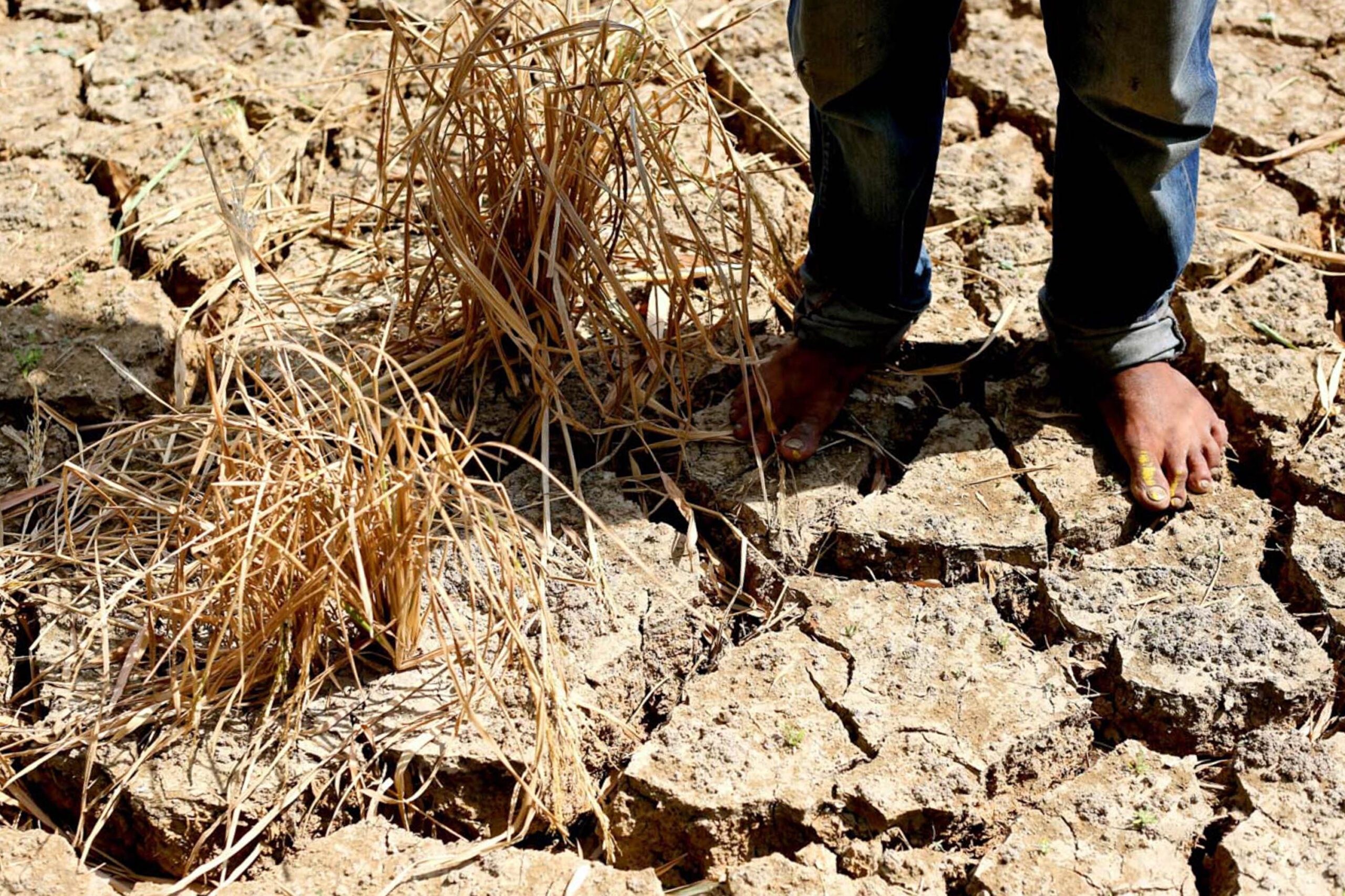SUMMARY
This is AI generated summarization, which may have errors. For context, always refer to the full article.

NEGROS OCCIDENTAL, Philippines – The city government of Kabankalan called out the National Irrigation Administration (NIA) to fast-track a long-delayed project which is badly needed as a crippling drought is taking a heavy toll on more than a thousand rice farmers.
Kabankalan Mayor Benjie Miranda told Rappler on Tuesday, March 5, he still remembered the initial stages of construction of the NIA 2012 irrigation project. Miranda said he was then the village chief of Tan-awan, an Indigenous People’s (IP) community in southern Negros City where the project’s diversion dam is located.
Miranda said he saw the numerous issues that contributed to the delay, such as the dispute over the right-of-way where the irrigation project’s water canals would cross and opposition from specific people’s groups.
Despite difficulties and impediments, the project construction went ahead until December 2022, when Typhoon Odette battered the city, damaging a portion of the irrigation system, Miranda said.
Miranda said he understood the reasons for the delay, but still he urged NIA to speed up the construction of the irrigation project because this will benefit thousands of farmers in the cities of Kabankalan and Himamaylan, as well as the towns of Ilog and Cauayan.
Acting city agriculturist Ricky Muscosa said that more than 4,000 hectares of land set aside for rice production are expected to profit from the completion of the NIA irrigation project.
Muscosa said the city could have been spared from the damaging effects of the El Nino phenomenon if the project had been finished before 2024.
Since the majority of the city’s agricultural area is rainfed and just a fraction of barangays have irrigation systems, these are severely impacted by dry spells, Muscosa said.
As of posting, out of the 32 local government units in Negros Occidental, Kabankalan City remains the most severely affected city. From the 13 villages that were previously reported to be reeling from drought, the number of affected villages increased to 17, and as a result, 978.94 hectares of rice crops have been damaged, affecting 1,214 farmers and causing losses exceeding P41 million.
Of the 5,344.61 hectares of rice land in the city, just 18% sustained damage. This indicates that an increase of 12% damage would push them to recommending that a state of calamity be declared in the city be placed under a state of calamity, Muscosa said.
Adolfo T. Mangao, Jr., a city councilor and chair of the agriculture committee, said that the city could have done more if the agriculture sector had detailed plans.
Mangao said that the Sanguniang Panlungsod of Kabankalan already meet with NIA in 2023 and talked about the reasons for the project’s delay but there was no response from the agency. – Rappler.com
DISCUSSION. Kabankalan city mayor Benjie Miranda (left) alongside acting city agriculturist Ricky Muscosa, discuss the impacts of the El Niño phenomenon to the southern city on Tuesday, March 5. (Photo by Reymund Titong)
Add a comment
How does this make you feel?















There are no comments yet. Add your comment to start the conversation.